After a successful career working primarily for the Renault-Nissan Alliance, Vincent Cobée moved to rival PSA (now Stellantis following the recent merger with Fiat Chrysler Automobiles), where he became chief executive (CEO) of Citroën just over a year ago.
Having survived a chaotic pandemic year, he believes that recovery will be built on a more focused brand identity and a consistent bet on electrification.
As you can see, for example, in the recently launched Citroën C4, which he thinks could be worth half the European sales of this model even during this new generation.
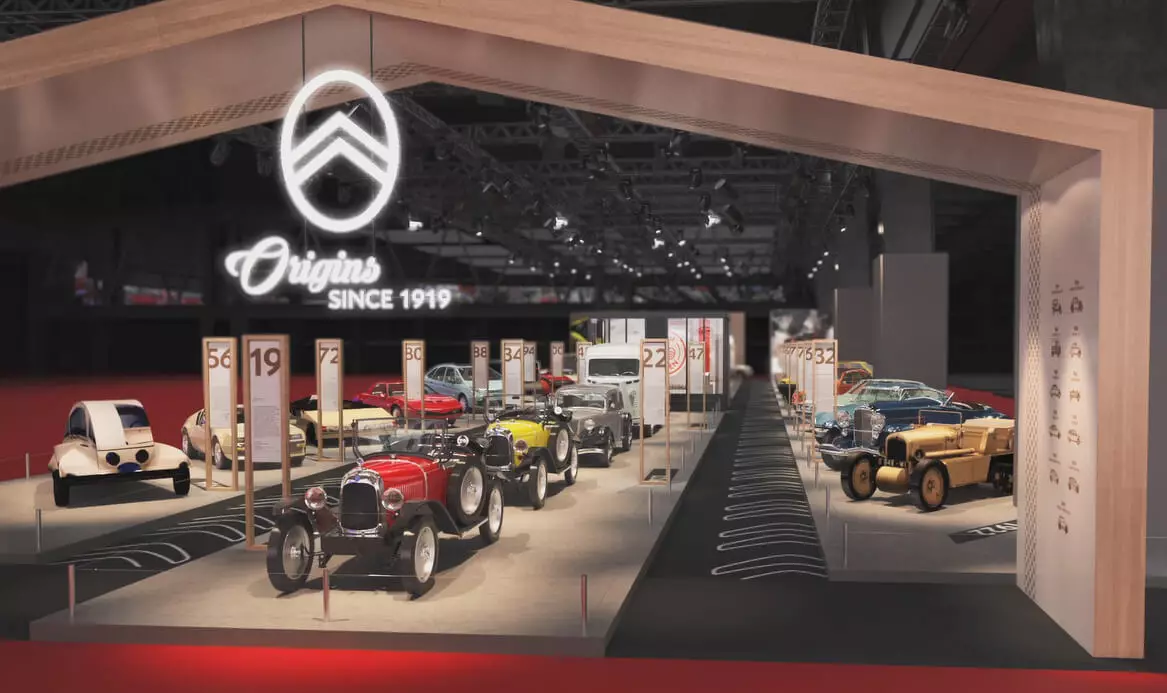
Citroën at Stellantis
Automobile Ratio (RA) — The Stellantis Group brings together many brands and has now joined some that cover common market segments and with similar positioning. In the case of Citroën, Fiat is a very similar “sister”… will this force you to readjust the model line?
Vincent Cobée (VC) — The more brands that exist in the same group, the more defined and credible the message of each of them must be. This is a path where Citroën has been strong and will become even more consistent.
On the other hand, although I've only been with the company for a year and a half, Groupe PSA's (now Stellantis) ability to balance the economic efficiency of synergies with brand differentiation is the best in the industry and this is not just an opinion, rather, it is the numbers that prove it (it is the automotive group with the highest operating profit margin in the world).
If we take a Peugeot 3008, a Citroën C5 Aircross and an Opel Grandland X, we notice that they are different cars not only in appearance, but also in the driving sensations they convey. And this is the path we need to follow.
RA — How difficult is it to get the financial resources for your brand in the middle of an even busier board management meeting where each CEO tries to get the most out of the Stellantis Group President?
VC — Want to know if I feel like I'm getting less attention because there are more people around the table asking for the same? Well… the increase in internal competition is good for sharpening the senses and forces us to be extremely consistent about our values. In addition, Carlos Tavares is very clear in his thinking that the better the results of a brand, the more bargaining power it is given.
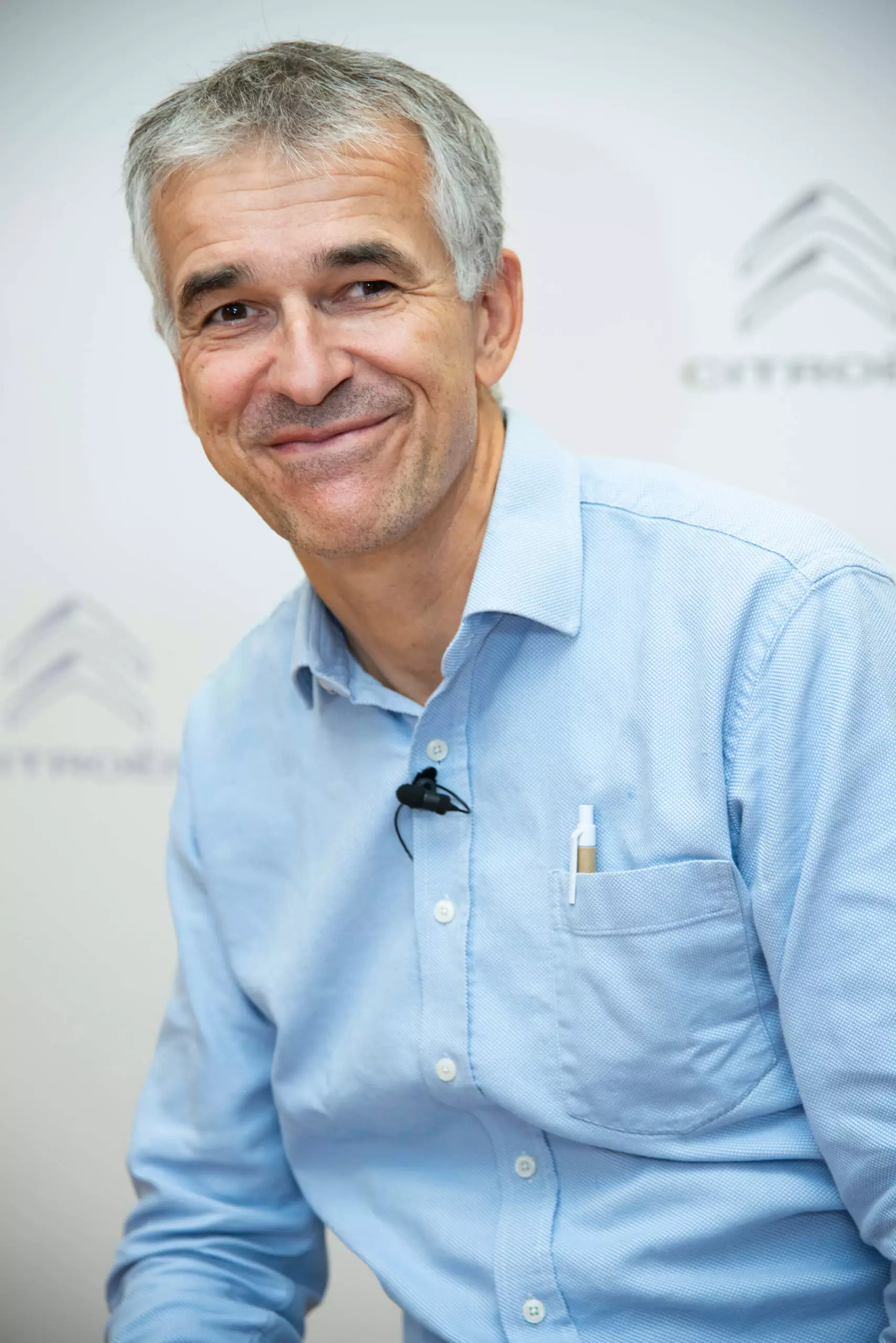
Pandemic, impact and consequences
RA — The first half of 2020 was very difficult for Citroën (sales dropped 45%) and then there was a slight recovery towards the end of the year (closing the year around 25% below 2019). I would like to have your comment about the unusual year of 2020 and also to know if Citroën is being affected by the lack of chips that the industry is facing.
VC — To say that the first half of the year was difficult is a huge understatement. If we can extract anything positive from this period, it is the great resilience that our Group has shown in this chaotic scenario. And economic availability, as we managed to be the most profitable car manufacturer in the world. We did our best to preserve employees, brands and customers in the deep pandemic crisis and with the extra challenge of being in the midst of the PSA-FCA merger, which says a lot about how successful President Carlos Tavares is.
As for the shortage of electronics, car manufacturers have suffered from some of the calculations by Tier 2 and Tier 3 suppliers that predicted global car sales to be less than what they actually turned out to be when they allocated their production. Fortunately, we were able to weather the crisis more than other competitors because we were more agile, but I can't guarantee that at some point it won't hurt us.
RA — Is Covid-19 having such an impact on the way cars are sold that the online sales channel will become the rule rather than the exception?
VC — Clearly the pandemic has accelerated trends that were already in their early stages and the digitization of the purchasing process is clearly one of them. The same had happened with seats and travel bookings a few years earlier, although in our case there was greater resistance to stop being an analogue industry due to test drives, the feel, the feel of the car's interior, etc.
The configurators on the websites had already reduced the number of models that the customer considered before making their final decision: half a dozen years ago, the consumer visited six dealerships throughout the process, today he does not visit more than two, on average .
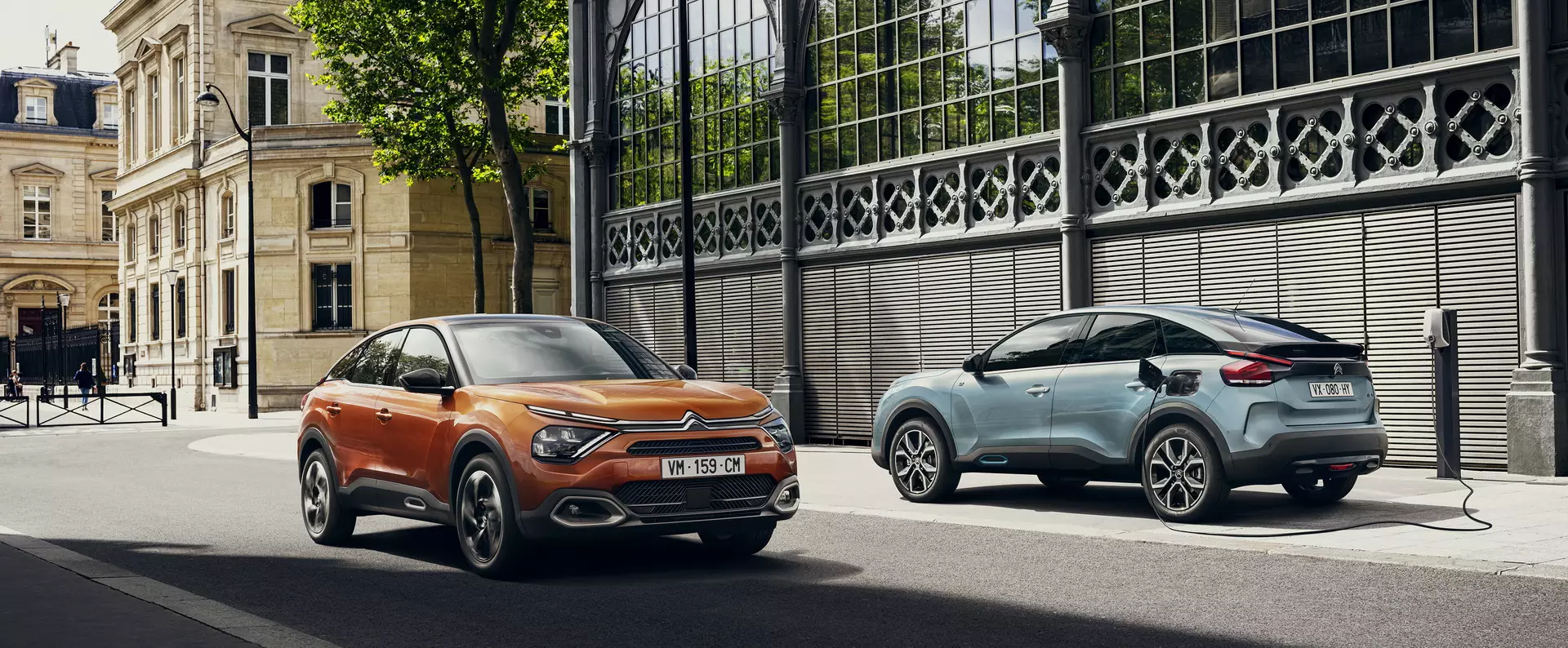
"One in every two C4 can be electric already in this generation"
RA — Are you looking at a new customer for the Citroën C4 with its new crossover philosophy?
VC — In the last five years, Citroën has made an important repositioning with the new generation of models such as the C3, the Berlingo, the C3 Aircross, the C5 Aircross, the commercials, but also with new services that have allowed us to improve the competitiveness of our brand.
It's no secret that there is a high demand for SUV and crossover bodies and we are adjusting our offering with that priority in mind. In the case of the new C4, there is a clear evolution in terms of design language, together with a higher driving position, an increase in well-being and comfort on board (historically one of Citroën's core values) and, of course, the freedom to choose between three different propulsion systems (petrol, diesel and electric) with the same vehicle base. I believe Citroën is at its best moment.
RA — You mention innovation as one of the attributes of the new C4, but this is technically very similar to other vehicles that we can find in two or three other brands of the Stellantis Group…
VC — If we look at the offer of hatchbacks (two-volume bodies) in the C-segment, we find mostly similar cars: low line, sporty look, multipurpose attributes.
Designing vehicles with a higher driving position (which allows for better visibility, greater ground clearance, easy access and exit) for the heart of the C-segment is, in my opinion, a smart solution, not least because we've chosen to maintain the elegant shape of the bodywork. In a way, the best of both worlds.
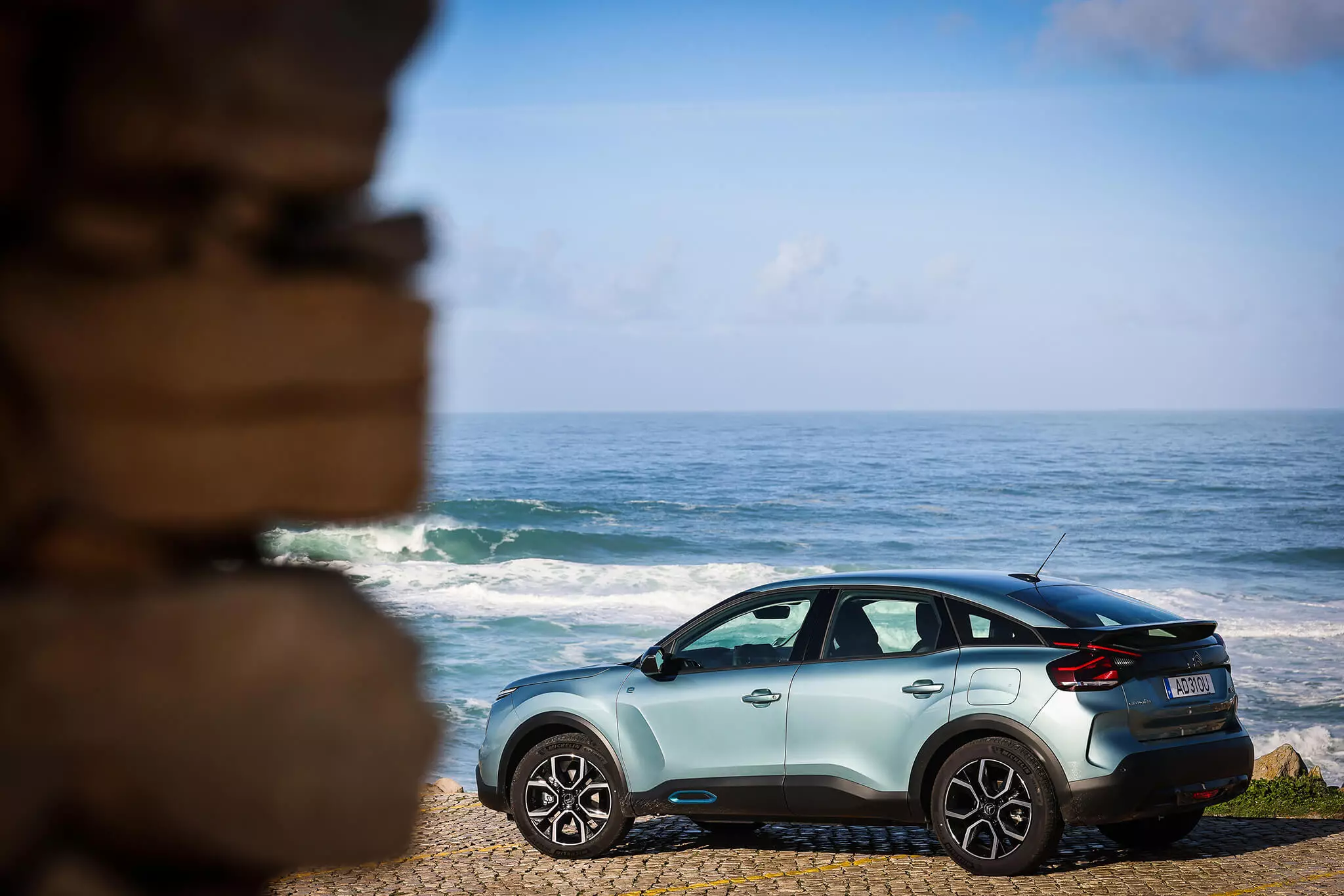
RA — Do you think that the percentage of sales of the electric version of the C4 (ë-C4) will be residual or, on the contrary, you think that your competitive Total Cost of Ownership (TCO) will drive sales of the electric version to a greater share than if could you anticipate?
VC — We are starting with around 15% of orders for the electric C4, but I am convinced that this share will grow year after year until the end of the C4's life. A year ago, when Covid-19 had barely started, buying an electric car was a social statement, basically an early adopter choice.
Now things are changing (due to the implementation of new stricter regulations, the development of charging infrastructure and the evolution of technology) and electric cars are becoming more and more popular as they drop considerably from more than 50,000 euros prices and begin to no longer require the user to make various commitments in their daily life.
I don't know if we can call it a dream or a prediction, but I think that within five years the sales mix of the electric C4 could be between 30% and 50% of the model's total sales in Europe. For this to be possible, the customer must have the opportunity to purchase the same vehicle, with the same interior breadth, luggage capacity, etc. and powered by electricity, which is one of several different propulsion systems.
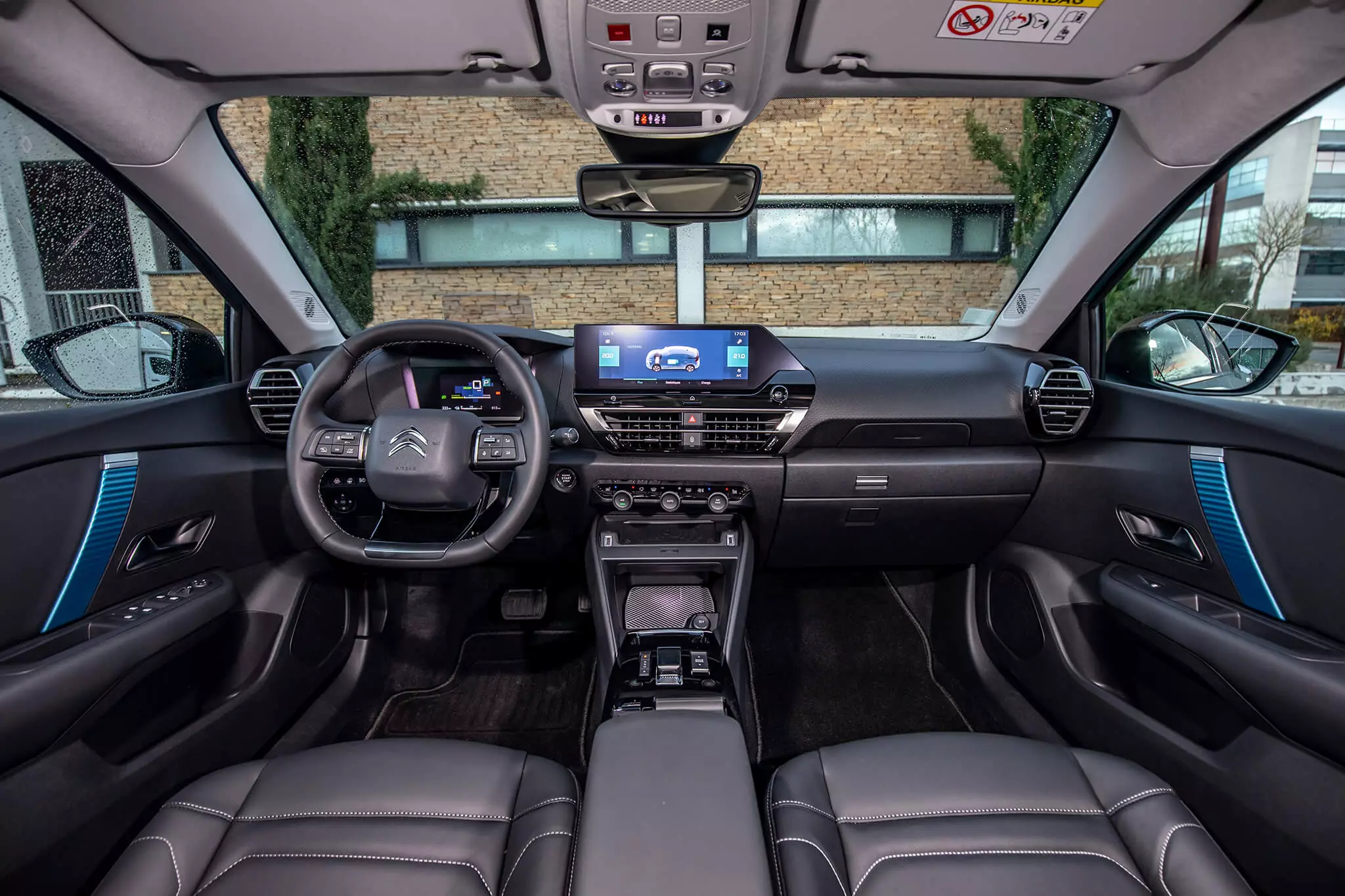
Responsiveness to Electrification
RA — If this accelerated growth in demand (from 15% to 50%) for electric vehicles (EV) is confirmed in the short term, is Citroën industrially ready to respond?
VC — Two things will happen throughout the lifecycle of the new C4 that may influence the answer to this question. Charging infrastructure and customer mentality on the one hand (because it's important to understand that 350 km is enough range for 97% of use). The fact that the C4 petrol/Diesel (MCI or internal combustion engine) and the electric are built on the same assembly line in Madrid allows us to be quite flexible.
Today there is a sub-assembly line of about 50 meters where the chassis of the electric version is prepared and then another similar area for the MCI version and we can vary the production volume between these two areas without high investments. In other words, the ability to go from 10% to 60% of EV in the total production volume is built into the factory and is something that would only take a few weeks, not years.
RA — And are your suppliers ready to respond to this sudden change, should it occur?
VC — During the life cycle of this C4 we will surely improve the battery's attributes through better cell chemistry and the “packaging” of the battery.
But what is really relevant in this case is that during the lifecycle of this new C4 we are going to change from an Asian battery to one supplied by the important joint venture we made with Total/Saft to develop and industrialize battery production. in Western Europe. This will bring macroeconomic, political and social benefits, but it will also give us a better understanding of the entire industrial process. So yes would be the answer to your question.
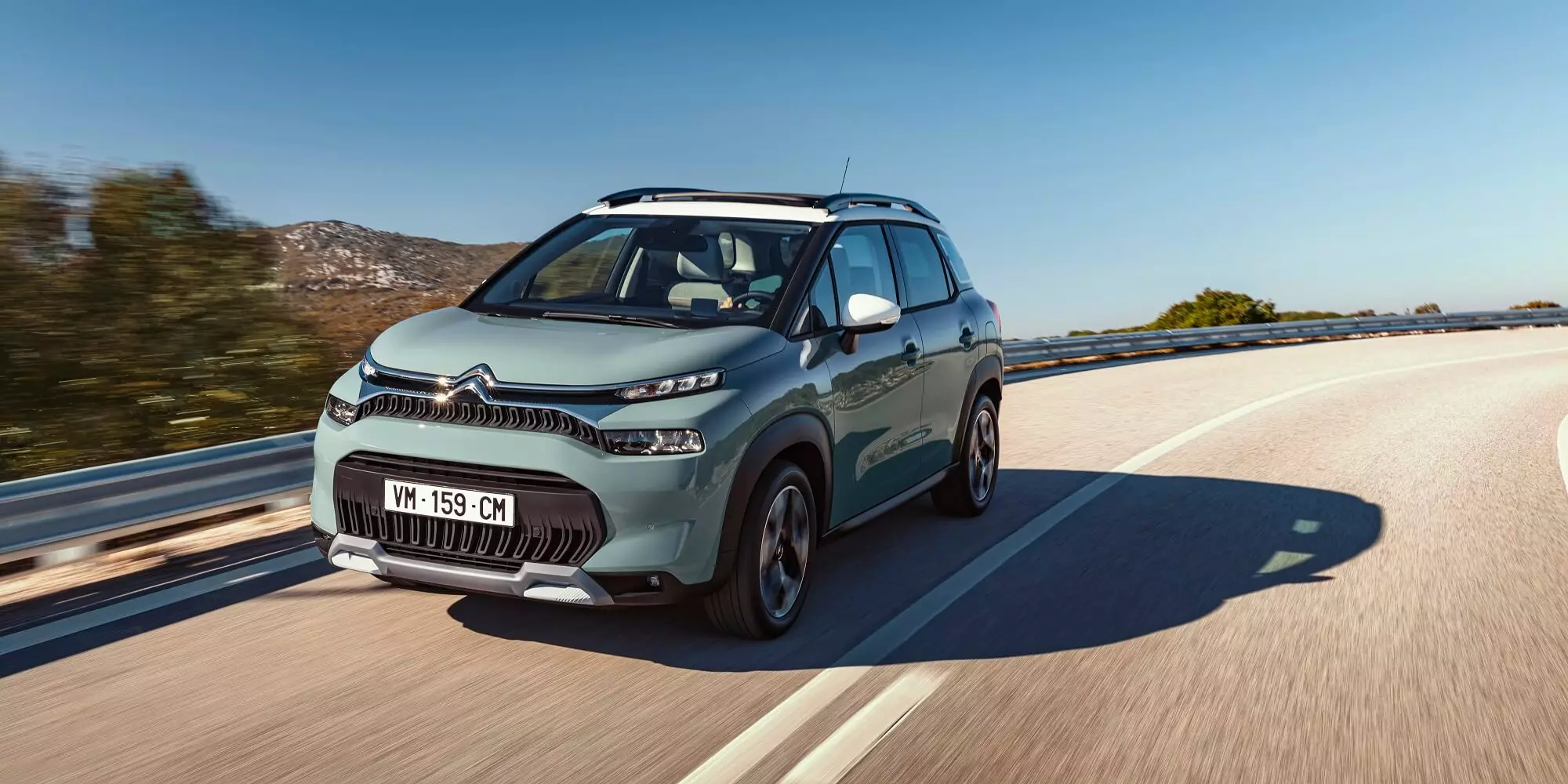
Goodbye combustion? Not yet
RA — Several countries and OEMs (manufacturers) have already defined when the combustion engine car will leave the scene. When will this happen at Citroën?
VC — It's a very complex subject. The Green Deal has set strict rules for 2025 and 2030 and this will impact the production and sales mix by the end of this decade.
But if you set an average level of CO2 emissions of 50 g/km by 2030, something is obvious: 50 is not zero. Which means there will still be some room for combustion engines as we move into the next decade and the mix will be made up of VE, plug-in hybrids, hybrids and “mild-hybrid” hybrids — most likely by 2030 there will be no diesel engines. pure combustion without any level of electrification.
There is another dimension that will result from what cities will impose in terms of emissions, banning diesel or even gasoline engines in the period between 2030 and 2040. What we say today at Citroën is that any new model we launch now will have an electrified version on the same day.
And then we will adjust our portfolio according to what turns out to be the need, with the charging infrastructure being the biggest cause of “traffic jam”: when the EV becomes the only car in the house, there must be a widely available and reliable network , even during peak demand times, and there must be a profitable business model for energy providers, which is a problem that is far from resolved…
When will Citroën only manufacture electric cars? That's the million dollar question. Industrially, we will be ready to build only electric cars in 2025 and we are supporting that shift with our current and future model lineup. But that won't happen anytime soon.
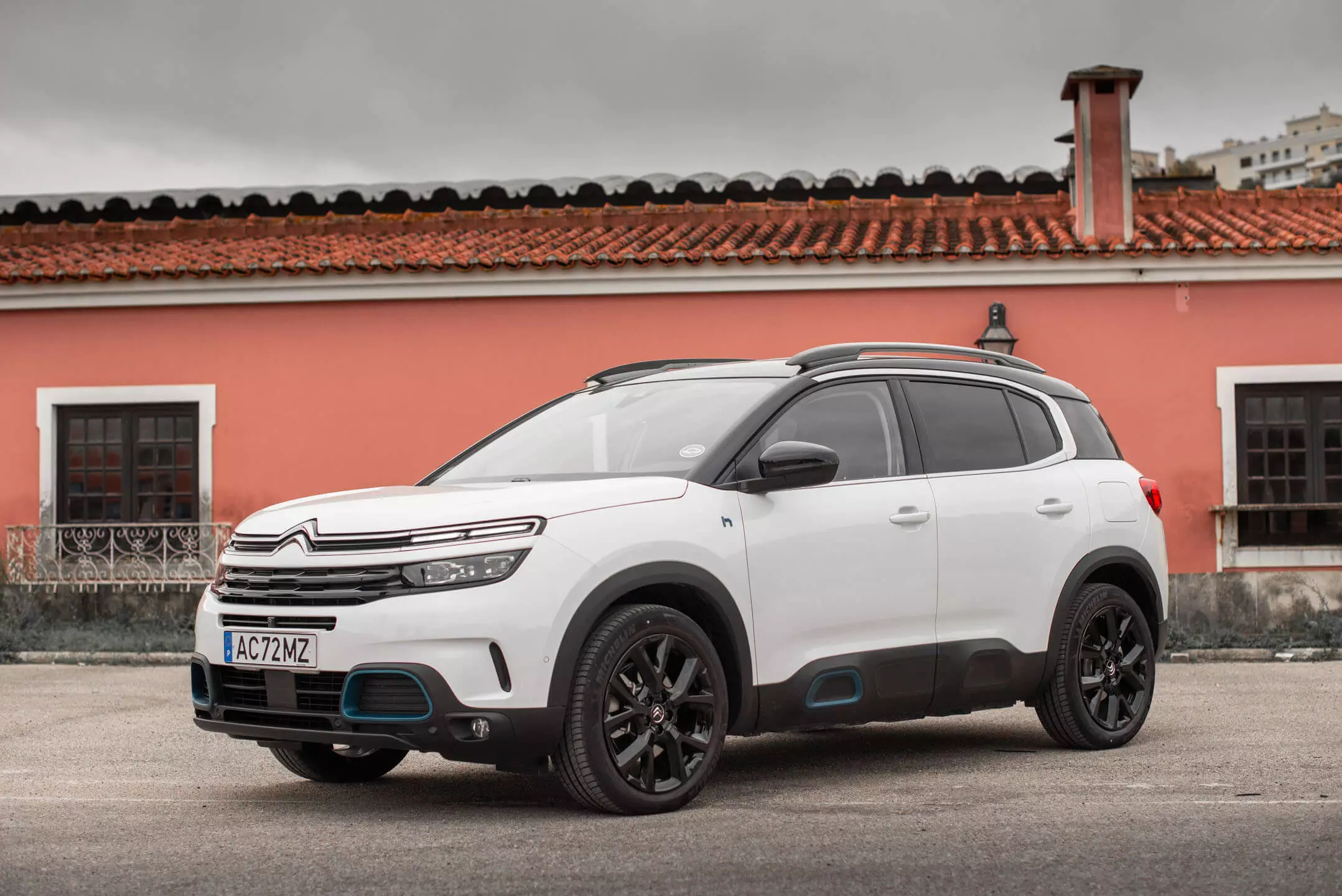
RA — France is probably the country where Diesel's collapse is most evident and although the announcement of its death has been made several times, there are some signs that it could live longer than expected...
VC — The drop in sales of Diesel engines is factually certain, with their market share having gone from 50% to 35% in the last three years in Western Europe. And when we assess what will be needed to have diesel engines that meet the Euro7 standard, we realize that it will be more expensive to inject all the purification technology than to make an electric car. If it were a patient admitted to a hospital, we would say that the prognosis is very reserved.
Solid state batteries, realistically…
RA — Solid-state batteries, expected for the medium-term future, promise to change the “game”, providing more autonomy, faster charging and lower costs. Does it make sense to invest heavily in lithium ion chemistry and then throw all that investment away?
VC — In my years as Planning Director at Mitsubishi (2017-19), I had many meetings and spent a lot of time trying to figure out what the right date would be for the effective invention of the solid-state battery. In 2018, the most optimistic estimate was 2025; now, in 2021, our goal is 2028-30. This means that in three years we lost four years.
This is a Darwinian path, which means it's great to dream about what life will be like 10 years from now, but it's also important not to die along the way. I have no doubt that solid-state batteries will bring benefits in terms of autonomy, weight and configuration, but I don't believe they will be a reality during the lifecycle of this new ë-C4 that we just released. Prior to that, the billions invested in Li-ion chemistry will be depreciated over 10 or 15 years on current and short-to-medium-term EV sales to make the pricing market competitive.
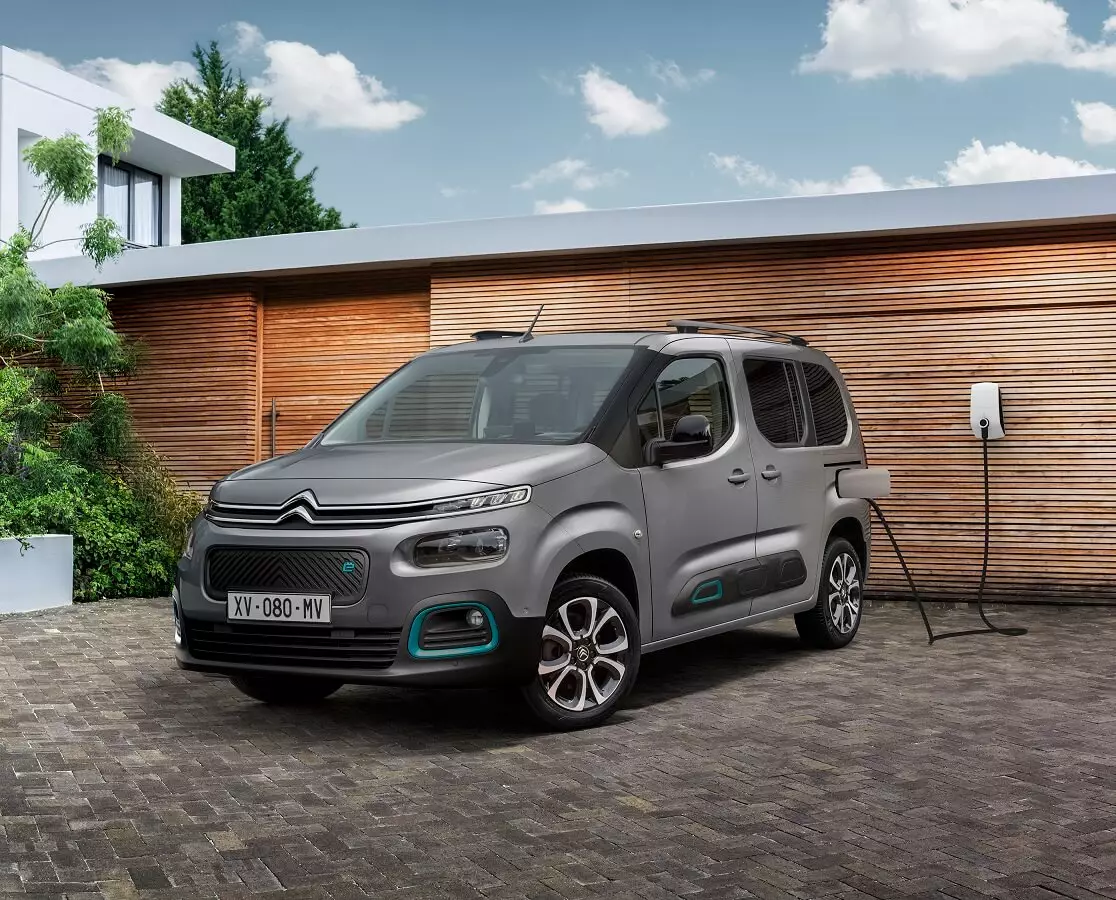
RA — Does that mean it turns out to be convenient for the automotive industry that next-generation battery chemistry takes a long time to arrive?
VC — None of that. Any such conspiracy theories don't make sense to me because battery development is mostly in the hands of our suppliers. Besides, if there was a lithium-ion battery protection cartel artificially expanding the life of this chemistry, there would always be a Nio or a Byton (ndr: Chinese startups that want to revolutionize the offer of the electric car market) emerging from nowhere with this technological innovation.
On the other hand, I believe that when lithium ion batteries start to go out of use, the cost per kWh will be just under $100 and solid-state ones will likely cost around $90/kWh. There will be, as such, no cost revolution, just an evolution.
Retro was not the chosen path
RA — Volkswagen has plans to make a reinterpretation of the legendary “Pão de Forma” and Renault has recently shown an interesting proposal for the rebirth of the R5, both projects being electric vehicles. Citroën also has the Ami that retrieves some genes from the 2 CV and, conceptually, it takes something from the vintage Ami. Is there a retro-VE trend that will develop further at Citroën?
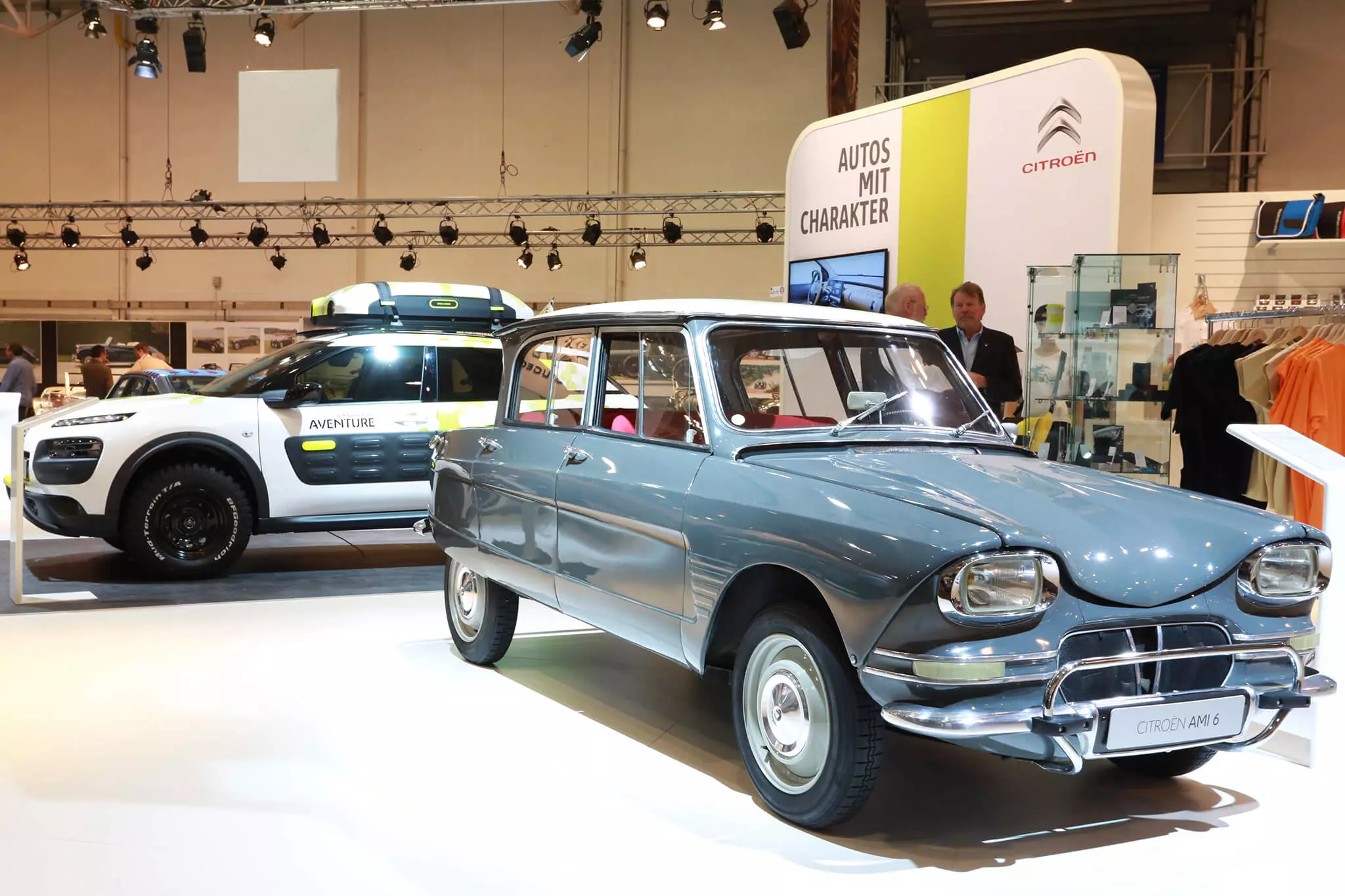
VC — Over the last 25 years we've seen a lot of neo-retro car design exercises, but not really at Citroën. What we are doing with Ami is to be as creative as possible, maintaining the brand's philosophy.
The beauty of this brand is that it has a very rich heritage and we must be very careful in this huge mission to write some of its pages. It is the most collected brand in the world because it had moments of genius that changed society. It would have been easy to use the name 2 CV for the new Ami (even the way the windows open is quite similar), but we chose not to.
We recovered the name Ami (“friend” in French) because it has more to do with our welcoming spirit and humanitarian dimension. We are inspired by our past, but we try to be innovative at the same time: it is not normal that, for future urban mobility, one can only choose between public transport and an electric vehicle costing more than 50,000 euros. People must have the right to individual mobility at an affordable price at any age.
And that's Ami's proposal, not an old-fashioned souvenir on wheels for no other reason than that.

RA — Can you make Ami a profitable product right from the start?
VC — We are trying to ensure that we are not costing the company money with Ami. The car became an icon of the brand and allowed us to be in contact with potential customers we had never reached before. It's an amazing vehicle as we haven't had many in the past.
